Top 7 Biblically Significant Archaeological Discoveries of 2018

2018 was a big year for archeologists. On Christian Headlines alone, we covered almost 20 Biblically significant archeological discoveries. From potentially finding the location of the Ark of the Covenant to finding the oldest known manuscript of the Gospel of Mark, scientists have put their best feet forward in the quest to finding artifacts from way back.
Here are 7 of the most significant Biblical archaeological discoveries of 2018.
Photo courtesy: Pixabay
1. 1,500-year-old- Pool Discovered in Israel May Hold Biblical Significance
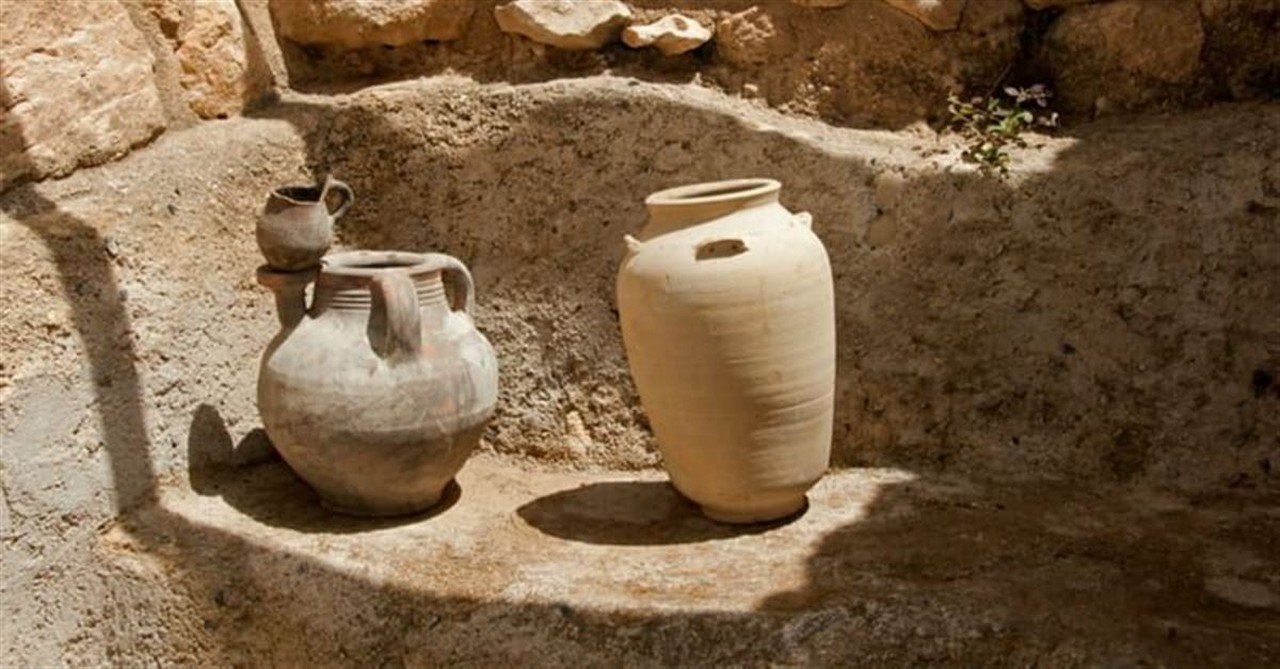
1. 1,500-year-old- Pool Discovered in Israel May Hold Biblical Significance
SLIDE 1 OF 7
Fox News reported in February that a discovery was made at Ein Hanniya Park, Israel. Reportedly, the Israel Antiquities Authority discovered a system of Byzantine-era ancient pools. The group said that the pools appear to have been built around the fourth and sixth centuries A.D. The pools are thought to possibly be the site where Phillip baptized the Ethiopian eunuch in the book of Acts.
Photo courtesy: ©Thinkstock/campuinfoto
2. Discovery of Ancient Israelite City Supports Biblical Account of King David

2. Discovery of Ancient Israelite City Supports Biblical Account of King David
SLIDE 2 OF 7
In May, archaeologists made strides in proving the existence of King David. Reportedly, many experts have doubted the biblical account of David, noting that there is no evidence suggesting that there was even civilization in the time David is said to have ruled. According to Breaking Israel News, Professor Avraham Faust, who led the archaeological dig, said that scientists really only started doubting David’s existence in the last 25 years. He said, “Until 25 years ago no one doubted that King David was a historical figure.” He continued, “In the last 25 years or so, however, David’s historicity, and especially the size of his kingdom, are hotly debated.”
All of that changed, however, when archaeologists discovered a large ancient city in Israel.
“The new discovery at Tel ‘Eton, located in the Judean Shephelah to the east of the Hebron hills, seems to suggest that the highland kingdom controlled larger areas than some scholars believe,” Faust told Breaking Israel News. While no artifacts were found relating directly to Kind David, this discovery did answer the question of the existence of civilization during the time of David.
Photo courtesy: ©Thinkstock/Russ McCabe
3. ‘Oldest Manuscript’ of Gospel of Mark Discovered
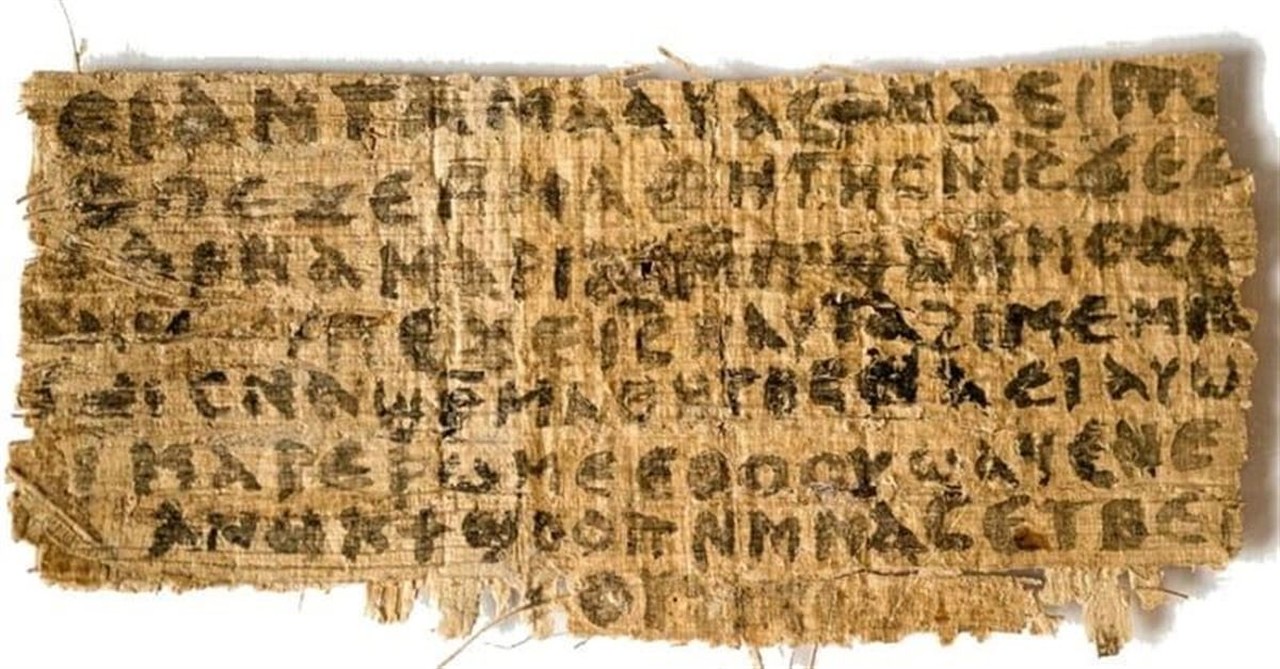
3. ‘Oldest Manuscript’ of Gospel of Mark Discovered
SLIDE 3 OF 7
At the end of May, Scientists were able to identify the age of an ancient fragment of the Gospel of Mark. The fragment was dated by the Egyptian Exploration society to the late second to early third century A.D, marking it as the oldest fragment of the gospel of Mark ever found. The fragment which retains brief passages from the Biblical book was the center of controversy in 2012 when news broke that the fragment could date to as far back as the first century. While the fragment was eventually dated to be 100 to 200 years older, it still became the oldest known manuscript of the Gospel of Mark.
Photo courtesy: The Egypt Exploration Society
4. Archeologists Discover Biblical Gate Related to 12 Tribes of Israel
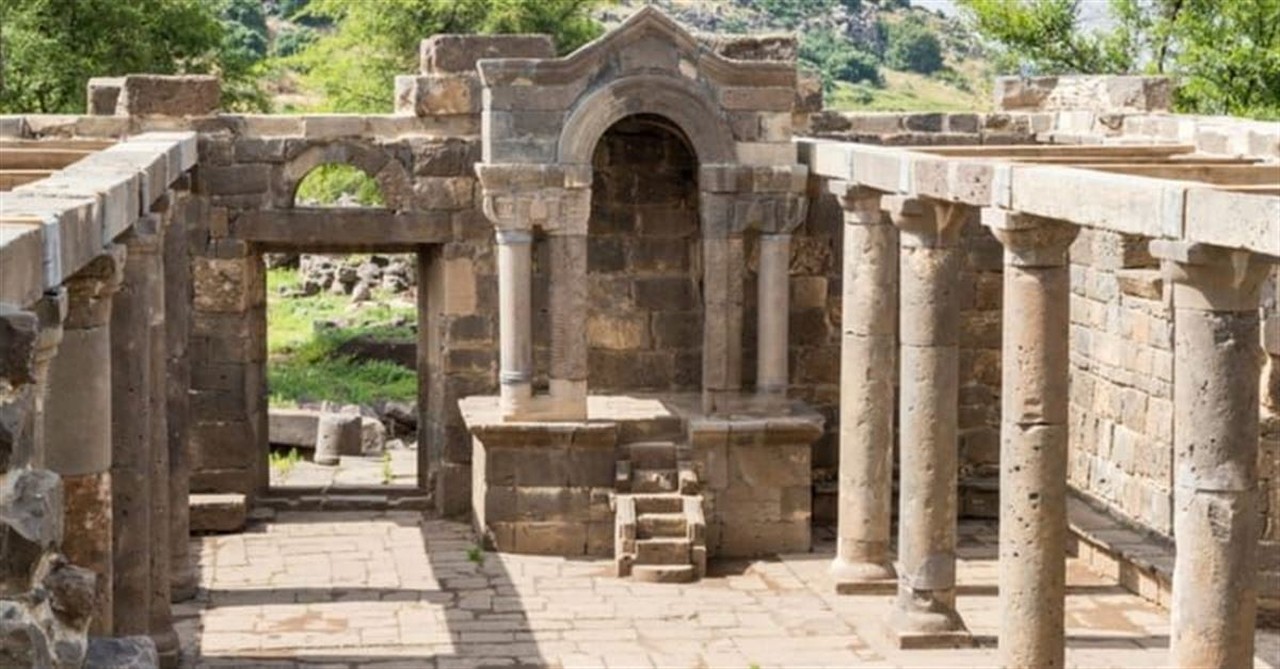
4. Archeologists Discover Biblical Gate Related to 12 Tribes of Israel
SLIDE 4 OF 7
In July, Archaeologists in Israel declared that they had discovered the entrance gate to a biblical city from the Old Testament called Zer. Zer, which was later called Bethsaida in the New Testament, was found in the Golan Heights area in Israel. The city is mentioned as the site to many of Jesus’ miracles throughout the Gospels. In Mark, Jesus healed a blind man in Bethsaida and in Luke Jesus fed 5,000 people there. Additionally, Bethsaida is said to be the home town of three important biblical figures, Andrew, Peter, and Philip.
Photo courtesy: ©Thinkstock/svarshik
5. Archaeologists Discover 1,500-Year-Old Painting of Jesus Being Baptized
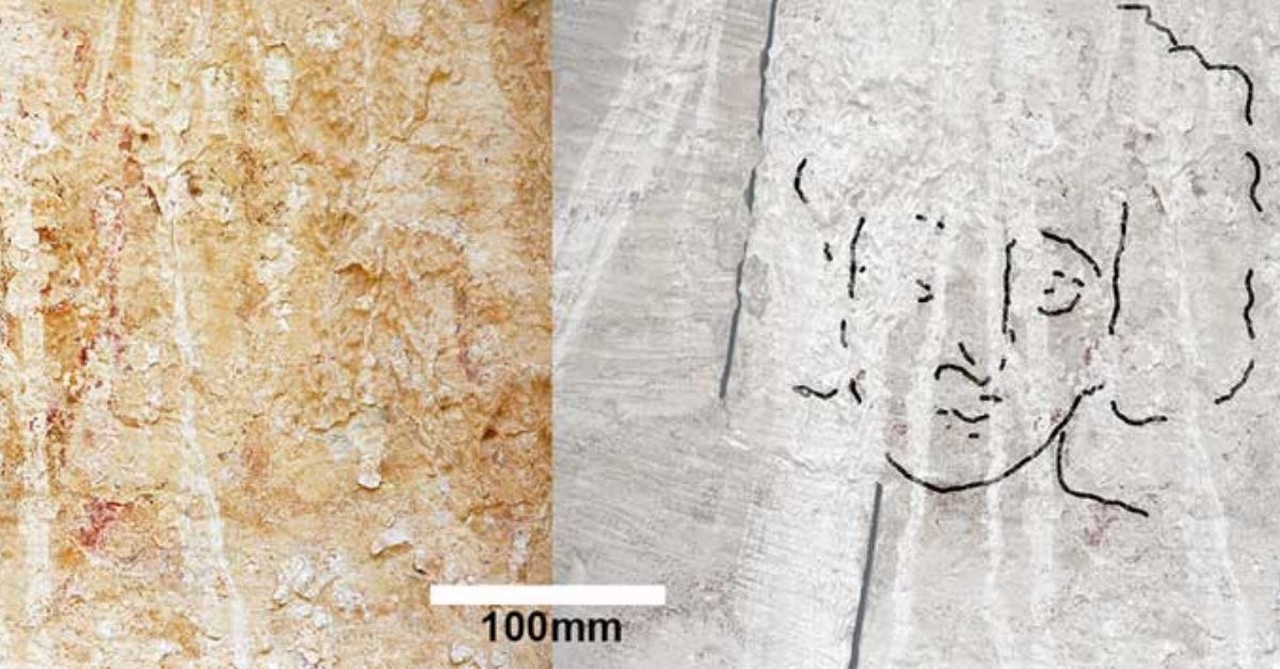
5. Archaeologists Discover 1,500-Year-Old Painting of Jesus Being Baptized
SLIDE 5 OF 7
In November archeologists discovered a 1,500-year-old painting of Jesus being baptized. The painting, which scientists say contains the oldest known depiction in Israel of Jesus being baptized, was found inside of a church in the Shivta village, in Israel. According to the Antiquity journal, thus far this painting “is the only in situ baptism-of-Christ scene to date confidently to the pre-iconoclastic Holy Land.” In laymen’s terms, this is the only painting of Jesus being baptized that is in its original location and that dates to the 8thand 9thcenturies.
Photo courtesy: Dror Maayan
6. Have Archaeologists Uncovered Pontius Pilate’s Ring?
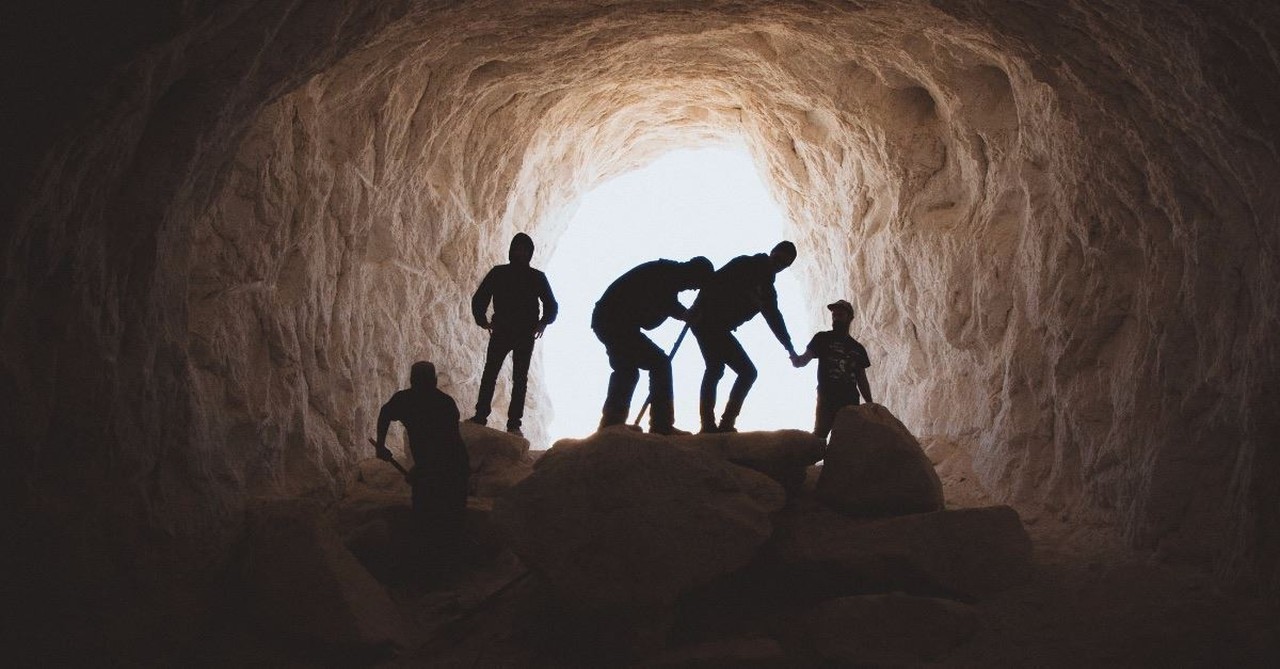
6. Have Archaeologists Uncovered Pontius Pilate’s Ring?
SLIDE 6 OF 7
According to the Jerusalem Times, archaeologists discovered a 2,000-year-old ring with the phrase “of Pilate” inscribed on it. Scientists believe that the “stamped ring,” which dates back to Jesus’ time, may have belonged to the biblical figure who is best known for his part in the crucifixion of Jesus, Pontius Pilate. Pilate ruled in Rome as the governor of Judea from A.D. 26-26. The copper ring falls within that timeline dating between the first century B.C. and mid-first century A.D.
Photo courtesy: Dane Deaner/Unsplash
7. Explorer: Ark of the Covenant May Have Been Found

7. Explorer: Ark of the Covenant May Have Been Found
SLIDE 7 OF 7
Perhaps the most sensationalized Biblical artifact of our time, the Ark of the Covenant may have possibly also been located this year. According to Bob Cornuke who is the president of the Biblical Archaeology Search and Exploration Institute (BASE), the Ark of the Covenant and the Ten Commandment tablets may have been found in a church in Ethiopia. St. Mary’s of Zion Church in Axum Ethiopia, which is guarded by a “Guardian of the Ark” is said to be the home of both of these ancient Biblical relics. While no one beside the Ark’s guardian would be allowed to see it, there is evidence that suggests that the Ark did indeed make its way to Ethiopia. St. Mary’s of Zion Church has now been investigated by both BASE and the Smithsonian Magazine, but according to the Guardian, man cannot lay eyes on the Ark or they will pollute to holy relic, so for now, the lost Ark will remain a mystery.
Photo courtesy: James Tissot/Public Domain
Originally published January 01, 2019.









